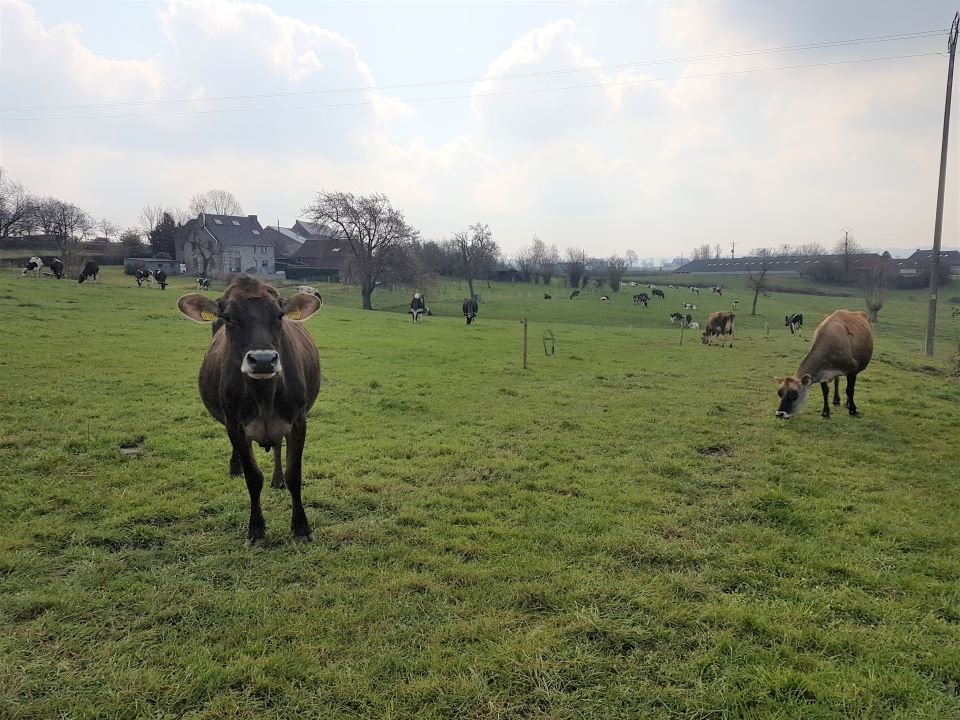In order to study the potential impact of the efficiency of using forage resources (ERF) on the sustainability of farms, the anonymous accounting data of 99 dairy farms monitored by Elevéo (AWE group) and the Directorate of Agricultural Economic Analysis (DAEA) were assembled. The forage resources include both self-produced and purchased fodder. The sustainability of these farms was considered in relation to the economic profitability and the environmental impact of dairy speculation. The ERF and the technical, economic, and environmental indicators were calculated for each farm, according to the available data. The ERF is calculated by dividing the milk production made possible by the forage by the estimated amount of forage distributed to dairy cows.
A better ERF typically involves a higher milk production (per cow or per hectare). Although the economic results of the farms with the best ERF prove more favourable than those of other farms (gross margin and gross operating profit (EBITDA) per cow, per hectare and per kg of milk, economic viability, dependence on aid), their environmental impact (UAA load per hectare, energy consumption, greenhouse gas emissions) is on the other hand more damaging. They also have, on average, a lower level of autonomy.
Should we therefore favour autonomy or ERF? At a given level of ERF, increasing the level of autonomy improves economic profitability and reduces the environmental impact of the farm. This also results in a lower proportion of concentrates in the feed. At a given level of autonomy, increasing the ERF improves the feeding efficiency of the herd as well as the economic results of the farm (gross margin, EBITDA), economic efficiency) but has little effect on its environmental impact.
Depending on the specificities of the farm, it may not necessarily be possible to improve both the ERF level and the autonomy at the same time. It will all depend on the targets of farmers and the resources available to achieve them.
Funding: CRA-W Moerman Fund (EFFORT project)










